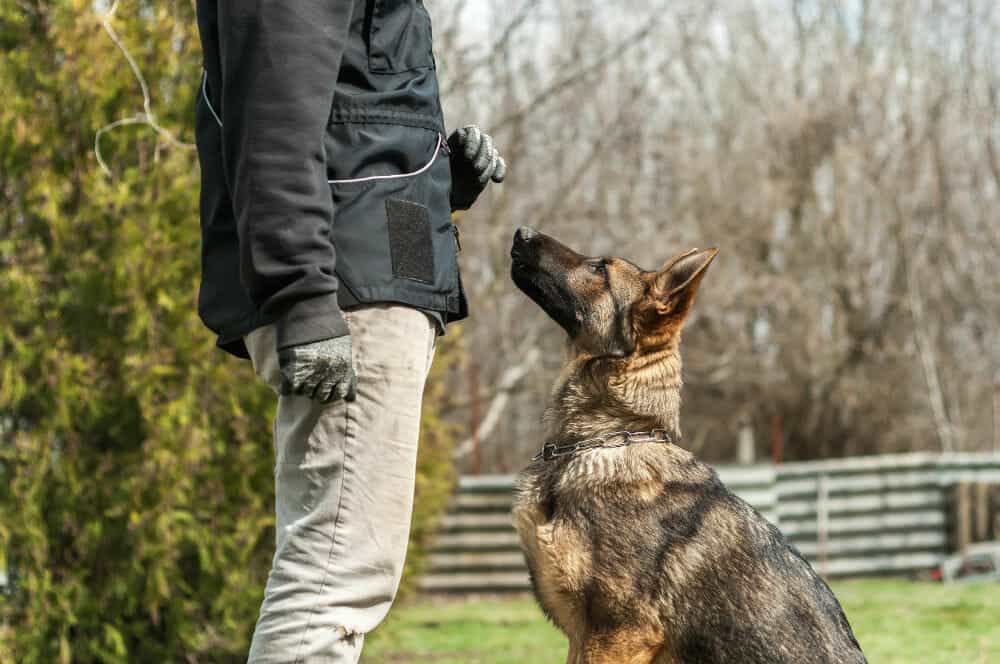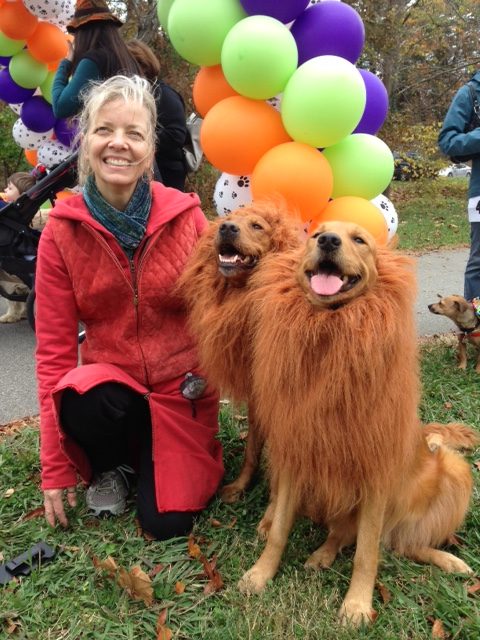Exactly how to Pick the Right Technique for Effective Dog Training
Exactly how to Pick the Right Technique for Effective Dog Training
Blog Article
Essential Tips for Successful Dog Training: An Overview for Pet Dog Owners
Effective canine training is a multifaceted process that requires a strategic technique customized to both the pet's temperament and the owner's purposes. Key parts such as establishing constant commands, utilizing favorable reinforcement, and promoting very early socializing play crucial functions in fostering a well-adjusted canine companion. Lots of family pet owners experience difficulties that can hinder progress, leading to frustration and uncertainty. Recognizing just how to navigate these obstacles can considerably enhance the training experience, inevitably changing the connection between proprietor and pet. What are the necessary methods that can be utilized to guarantee success in this undertaking?
Understanding Canine Behavior
Recognizing dog habits is crucial for effective training and promoting an unified relationship between dogs and their proprietors. dog training. Pets communicate mainly via body language, articulations, and actions, making it essential for owners to analyze these signals properly.

Socialization plays a significant role in pet behavior; direct exposure to different environments, people, and other animals can substantially affect a pet dog's character. Moreover, aspects such as breed attributes and private temperament should guide training methods, as some types might have certain behavioral characteristics that necessitate customized strategies. By understanding these components, proprietors can create an encouraging setting that motivates positive actions, bring about effective training results and a deeper bond with their pet dogs.
Establishing Constant Commands
Effective interaction with your canine starts with establishing regular commands. This foundational component of training is vital for fostering understanding in between you and your animal. Uniformity in the commands you use makes certain that your canine can accurately associate particular words or phrases with the desired actions.
When choosing commands, pick clear, unique words that are easy to separate and say from one another. Stay clear of using similar-sounding commands that might perplex your canine. Using "sit" and "remain" is appropriate, but "sit" and "struck" can lead to misunderstandings.
Furthermore, preserve the very same tone and volume for each command. Pet dogs are delicate to singing cues, so varying your tone can produce complication.
It is similarly essential to make sure that all member of the family are on the very same web page pertaining to the commands utilized. A united front in command usage will protect against combined signals and strengthen the discovering process.
Positive Support Strategies
The power of favorable reinforcement in canine training hinges on its ability to urge wanted habits with rewards and appreciation. This method is grounded in the concept that habits followed by favorable end results are a lot more likely to be repeated. By including favorable reinforcement right into your training program, you can efficiently form your pet dog's actions in a constructive fashion.
To apply positive reinforcement, it's necessary to recognize what encourages your canine, whether it be deals with, toys, or spoken praise. When your pet performs a preferred activity, such as resting on command, immediately award them with a reward or affection. This organization in between the command and the positive end result strengthens their understanding.
It's critical to timing the rewards properly; supplying the reinforcement within secs of the wanted behavior assists your pet make the connection (dog training). In addition, uniformity is essential-- ensure that all relative use the same commands and benefit systems to avoid complication

Gradually, you can lower the frequency of about his treats as your pet finds out the habits, transitioning to commend or intermittent rewards. This technique not only fosters a solid bond in between you and your pet dog but also advertises a favorable knowing atmosphere, making educating an enjoyable experience for both.
Socialization and Communication
Continually exposing your dog to a variety of atmospheres, people, and other animals is vital for their social growth. Socializing needs to start early, preferably throughout the essential home window of 3 to 14 weeks, when pups are most responsive to brand-new experiences. Older dogs can also benefit from continuous socialization efforts.
Introduce your dog to various setups, such as parks, pet-friendly stores, and metropolitan areas. This exposure aids them adjust to different stimuli, decreasing anxiety and fear responses. Urge favorable interactions with other pets and individuals, making sure that these encounters are regulated and safe to cultivate self-confidence.
Utilize organized playdates with courteous dogs, as this can improve your canine's social abilities and instruct them appropriate habits. Obedience classes and training sessions likewise provide superb opportunities for socializing, allowing your pet to communicate with others in a monitored environment.
Screen your dog's body movement during interactions, as this will certainly assist you gauge their comfort degree. Gradually raise direct exposure to more difficult scenarios while making sure that each experience is positive. A well-socialized pet is most likely to exhibit well balanced habits, making them a joy to have in any kind of setup.
Addressing Typical Training Obstacles
Every canine proprietor will run into training difficulties eventually, no matter their dog's age or socialization degree. Recognizing common problems such as stubbornness, interruptions, and terror can help in creating effective methods for improvement.

Progressively present diversions as the pet dog ends up being much more competent in commands. Short, frequent training sessions are other additionally reliable in preserving attention.
Fearfulness can hinder a dog's knowing process. Gradual desensitization to the resource of concern, combined with positive reinforcement, can aid relieve anxiousness. Persistence is important; never force a pet right into a scenario that triggers distress, as this may intensify the issue.
Ultimately, understanding and resolving these typical difficulties with a structured strategy will foster an extra efficient training experience, strengthening the bond in between pet dog and owner while advertising efficient learning.
Verdict
In summary, successful pet training counts Look At This on an extensive understanding of canine habits, the facility of regular commands, and the application of positive reinforcement strategies. Socializing plays a crucial duty in establishing well-adjusted pets, while attending to common training difficulties needs persistence and adaptability. By carrying out these essential methods, pet owners can cultivate a strong bond with their canines and promote desirable actions, ultimately causing a harmonious connection between people and their canine friends.
Understanding pet habits is essential for effective training and promoting a harmonious relationship in between dogs and their owners.Socializing plays a substantial role in pet habits; exposure to different atmospheres, individuals, and other pets can dramatically affect a pet's character.The power of positive reinforcement in dog training lies in its capability to urge preferred habits through rewards and appreciation. By incorporating favorable support into your training program, you can successfully shape your pet dog's habits in a constructive way.
In summary, successful pet dog training relies on a detailed understanding of canine actions, the establishment of regular commands, and the application of positive support methods.
Report this page